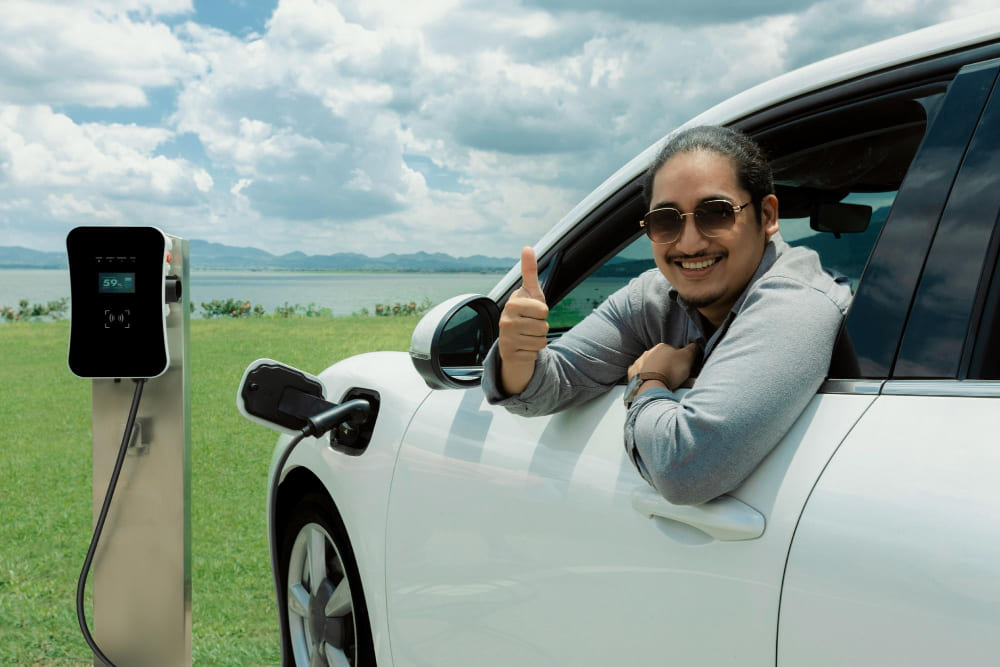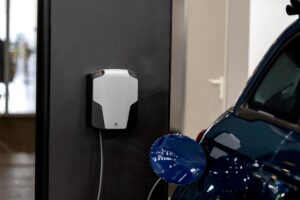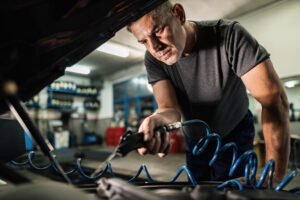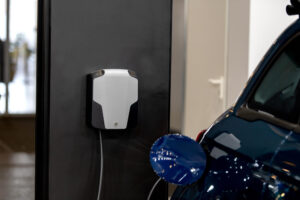As the automotive industry experiences a rapid shift towards sustainability, electric car transmissions have become a pivotal focal point for enhancing both efficiency and performance.
These days, electric car transmission advancements are revolutionizing how we drive. Let’s zoom in and witness the remarkable boost in efficiency and performance that’s electrifying the roads!
What Does a Transmission Do?

The transmission in a vehicle acts to transfer power from the engine to the wheels. As a result, the vehicle can move at various speeds and handle various driving conditions.
It serves as a mediator between the engine’s rotational power and the wheels, adjusting the torque and rotational speed to match the desired driving speed.
In conventional internal combustion engine vehicles, the transmission consists of multiple gears, usually operated manually or automatically, to provide different gear ratios.
These gear ratios enable the engine to operate efficiently across a range of speeds, whether it’s for starting from a standstill, cruising at a constant speed, or climbing steep hills.
Do Electric Cars Have Transmissions?
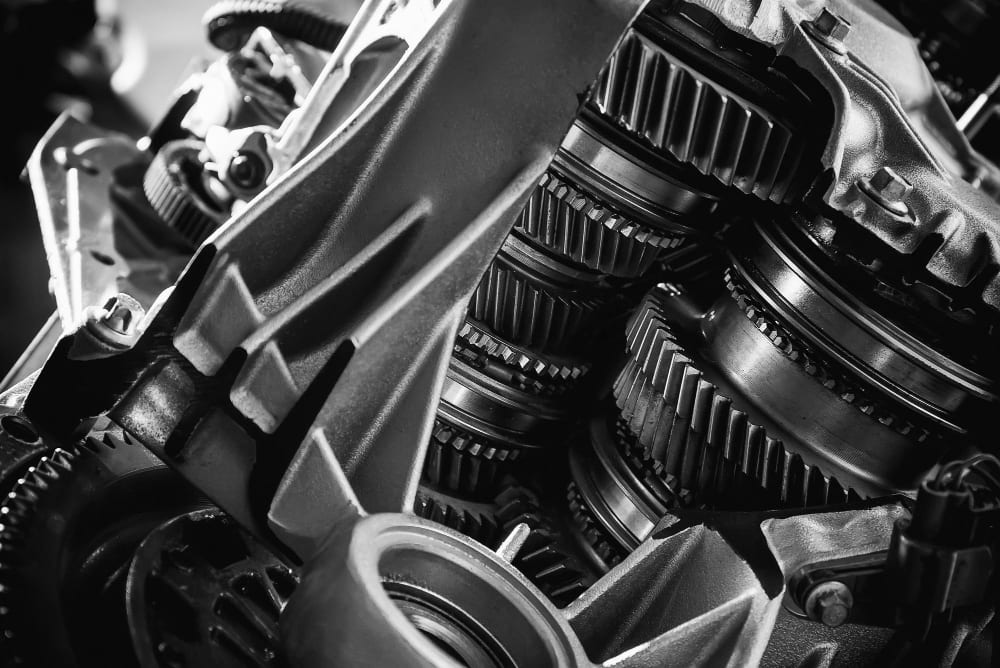
Electric cars typically have simpler transmission systems compared to traditional vehicles with internal combustion engines. In many cases, electric cars do not have a traditional multi-speed transmission with gears, as is commonly found in gasoline-powered vehicles.
Most EVs utilize a single-speed transmission or direct drive. The reason for this simplicity lies in the characteristics of electric motors.
Electric motors can produce high torque from a standstill, eliminating the need for multiple gears. This design ensures a smooth driving experience, lower maintenance, and increased efficiency, making electric vehicles an attractive option for eco-conscious consumers.
Electric Car Transmission Types
Mainly, there are two types of electric vehicle transmission setups: single-speed and two-speed transmissions. Read on the details!
Single-speed transmissions
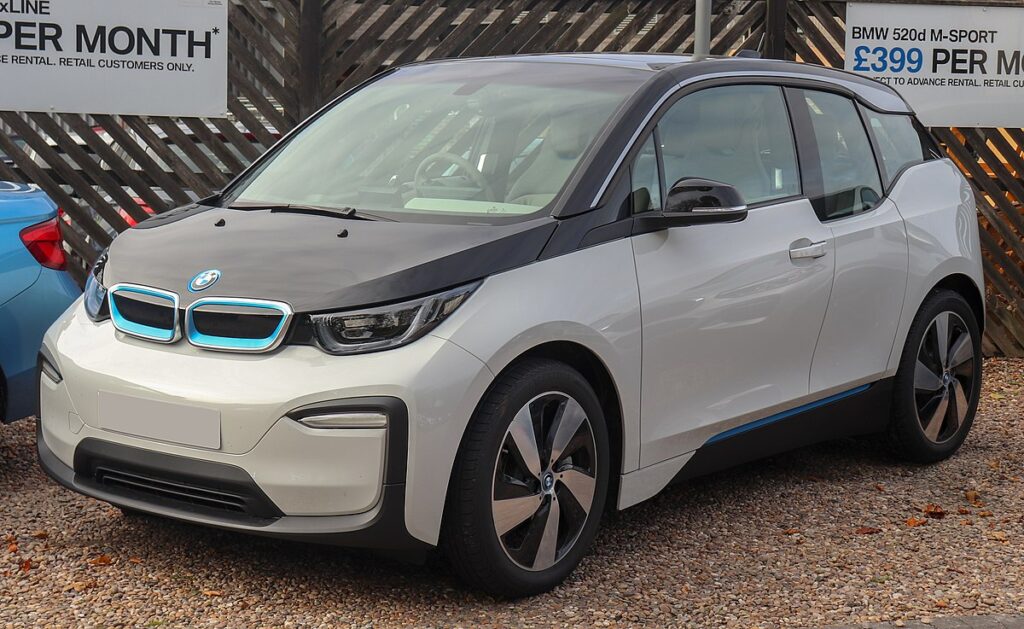
A single-speed transmission for an electric car means that the vehicle uses only one gear ratio.
Unlike traditional ICE cars that require multiple gears to optimize performance and fuel efficiency, electric motors deliver a wide range of torque and power from a standstill to high speeds efficiently.
Thus, electric cars can often function effectively with just one gear, simplifying the drivetrain and reducing complexity. This results in smoother acceleration, fewer moving parts, and potentially improved overall efficiency for electric vehicles.
Most electric car manufacturers use single-speed transmissions for their products, such as Jaguar I-PACE, BMW i3, and Chevrolet Bolt.
Two-speed transmissions
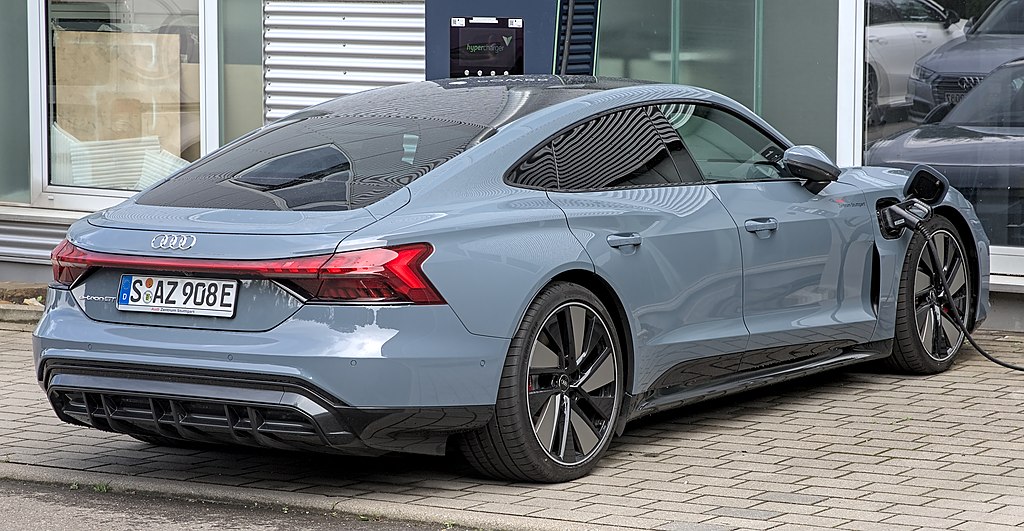
While a single-speed transmission is the most common among EVs nowadays, there is an option for two-speed transmission for an electric car.
Unlike single-speed transmissions, which use only one gear, two-speed transmissions allow electric cars to switch between two different gear ratios. This enables better optimization of performance and efficiency across a wider range of speeds.
At low speeds, the lower gear provides higher torque for improved acceleration, while the higher gear offers better efficiency and performance at higher speeds, making it beneficial for certain EV designs and driving conditions.
Some examples of EVs with to-speed transmissions are Porche Taycan, Rimac C_Two, and Audi e-tron GT.
Transmission in an Electric Car Compared to a Conventional Vehicle
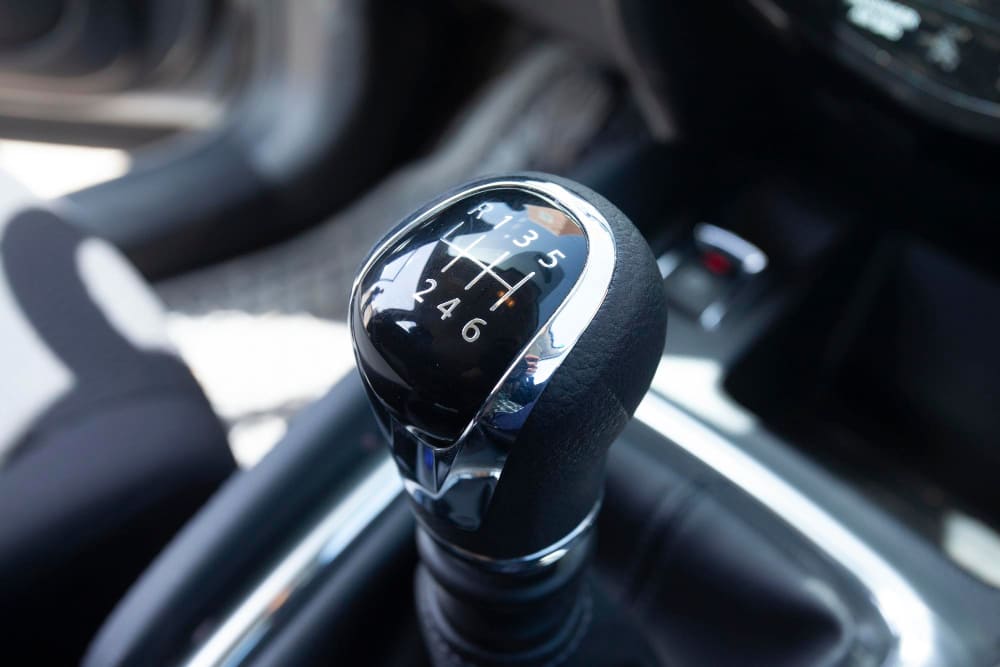
Most electric cars do not have a traditional gearbox with multiple gears like internal combustion engine vehicles. Instead, they utilize a single-speed transmission or direct drive system.
The electric motor’s high torque at low speeds eliminates the need for gear shifting, providing a smoother and simpler driving experience.
This design contributes to better efficiency, reduced maintenance, and quieter operation in electric vehicles compared to their conventional counterparts.
How Does an EV Motor Work?
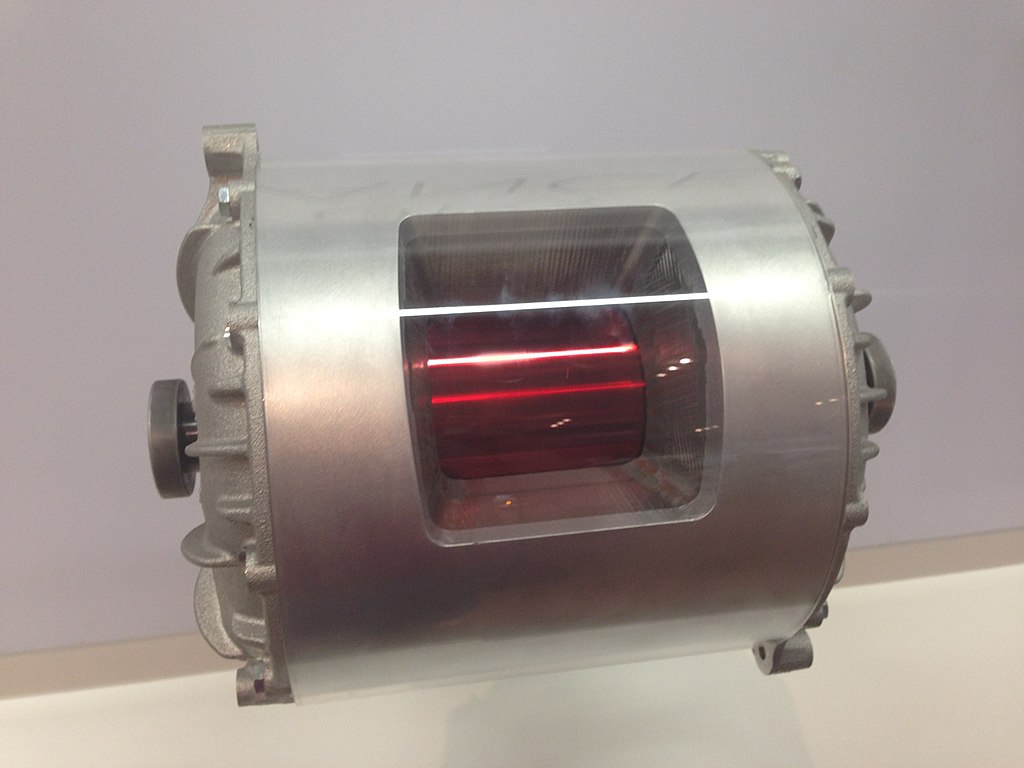
An EV motor operates on the principles of electromagnetism, using a stationary stator with copper coils and a rotating rotor with magnets.
When electricity from the battery flows through the coils, a rotating magnetic field is created, exerting a force on the rotor, which drives the wheels of the EV, propelling it forward.
The motor controller manages the electricity flow, and the accelerator pedal controls the motor’s power output.
During braking, the motor plays a role as a generator, converting kinetic energy into electricity in a process known as regenerative braking.
This cleaner and more efficient system eliminates the need for gears and produces no exhaust emissions, making the headstart of EVs more instant than conventional transmission.
The Future of Electric Cars Transmissions
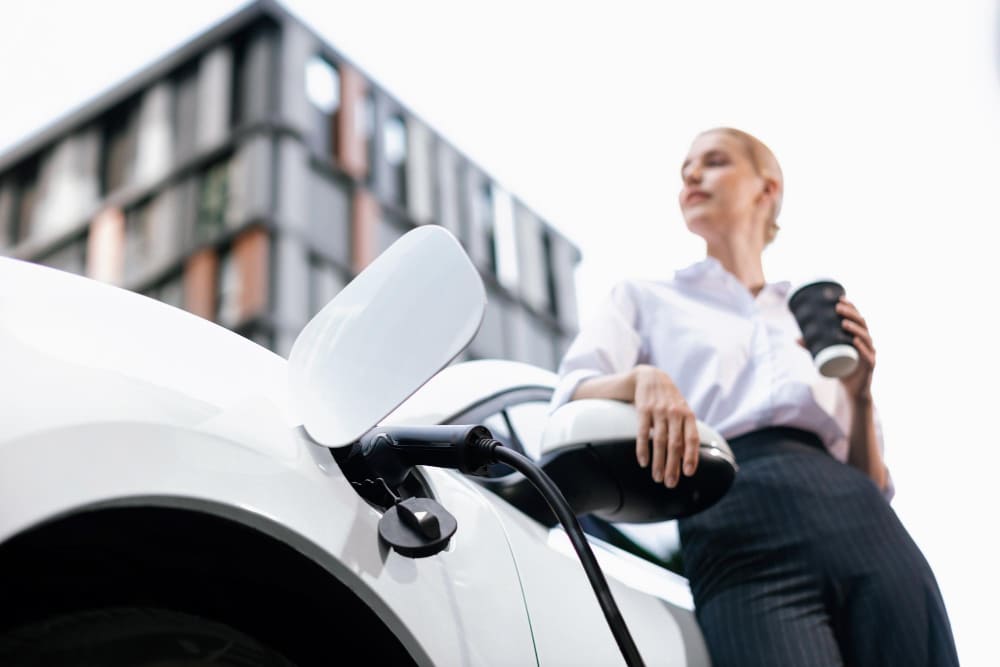
Currently, most electric cars utilize single-speed transmissions or direct-drive systems. However, potential developments include multi-speed transmissions—up to six-speed—to enhance efficiency and performance, adaptive transmission systems for automatic gear ratio adjustments, and gearless solutions like CVTs.
Additionally, in-wheel motors and hybrid transmissions may play significant roles in shaping the transmission landscape for electric vehicles.
As the industry progresses, these innovations aim to improve overall efficiency, driving range, and the driving experience in electric cars, driving us toward a sustainable and cleaner future of transportation.
Frequently Asked Questions
Do Tesla cars have a transmission?
Yes, Tesla cars use single-speed transmission, also known as a direct-drive system, for simplicity and efficiency.
Why are there no gearboxes in electric cars?
Electric cars don’t need gearboxes because electric motors can produce high torque from the start, making gear shifting unnecessary.
Do hybrid cars have transmissions?
Yes, hybrid cars have transmissions that enable efficient power transfer between the electric motor and the internal combustion engine.
Conclusion
In conclusion, advancements in electric car transmission are enhancing efficiency and performance. From single-speed to multi-speed and gearless systems, these innovations simplify the drivetrain and reduce maintenance.
As electric vehicles become more prevalent, these developments will drive a greener and more sustainable future of transportation.
Interested in planning your own electric road trip? Contact us at Kilowatt Cars now to find the best second-hand electric vehicles in Wodonga and second hand electric vehicles for sale in Victoria!

